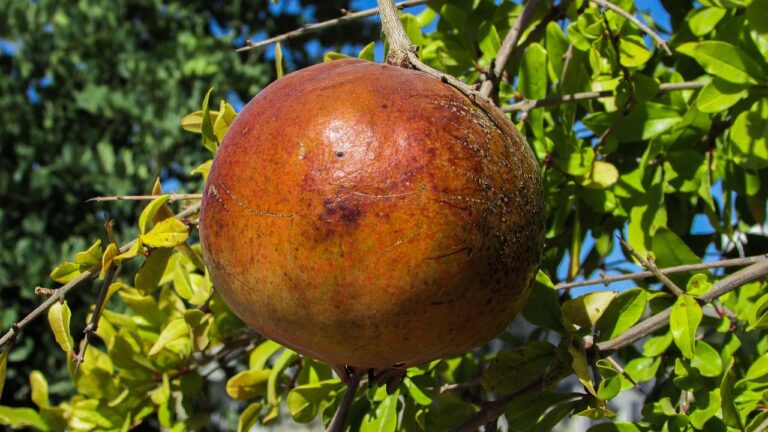The Future of Lab-Grown Meat and Cultured Proteins
Lab-grown meat, also known as cultured meat or clean meat, is a revolutionary innovation in the food industry. Unlike traditional meat production that involves raising and slaughtering animals, lab-grown meat is produced by cultivating animal cells in a laboratory setting.
By using this method, researchers are able to grow real meat that is biologically identical to conventional meat but without the need to raise and slaughter animals. This cutting-edge technology not only reduces the environmental impact of meat production but also addresses ethical concerns related to animal welfare.
The Science Behind Cultured Proteins
Lab-grown meat, also known as cultured proteins, is a revolutionary development in the realm of food technology. Rather than obtaining meat through traditional livestock farming, cultured proteins are created through a process that involves growing animal cells in a controlled environment. This innovative approach offers a more sustainable and ethical alternative to conventional meat production methods, addressing the environmental and ethical concerns associated with traditional animal agriculture.
The science behind cultured proteins is complex yet fascinating. It begins with the collection of a small sample of animal cells, which are then placed in a nutrient-rich solution that allows them to multiply and grow. Through the careful manipulation of various factors such as temperature, oxygen levels, and nutrient supply, these cells eventually develop into muscle tissue that closely resembles the texture and composition of conventional meat. This cutting-edge technology has the potential to revolutionize the global food industry, offering a more sustainable and animal-friendly way to meet the growing demand for protein-rich foods.
What is lab-grown meat?
Lab-grown meat, also known as cultured meat, is produced by taking a small sample of animal muscle cells and then growing them in a lab setting. This process eliminates the need for raising and slaughtering animals for meat production.
How is lab-grown meat different from traditional meat?
Lab-grown meat is produced without the need for raising and slaughtering animals. It is also more sustainable and environmentally friendly as it requires fewer resources such as land, water, and energy.
Is lab-grown meat safe to eat?
Lab-grown meat is produced in a controlled environment, ensuring that it is free from harmful bacteria and contaminants. It undergoes rigorous safety testing to ensure that it is safe for human consumption.
What are the advantages of cultured proteins?
Cultured proteins offer several advantages, including a more sustainable and environmentally friendly production process, reduced animal cruelty, and the potential to address global food security challenges.
How is the science behind cultured proteins advancing?
Scientists are continuously researching and improving the process of producing cultured proteins. Advances in biotechnology and tissue engineering are helping to make the production of lab-grown meat more efficient and cost-effective.







